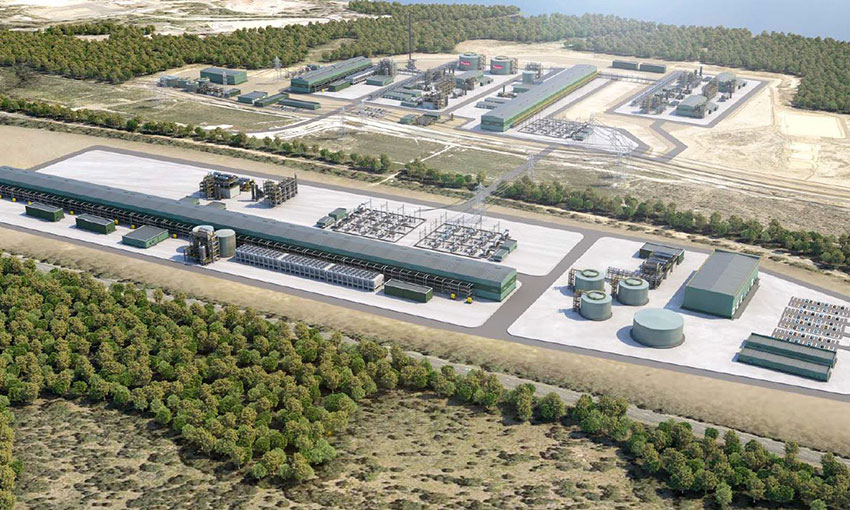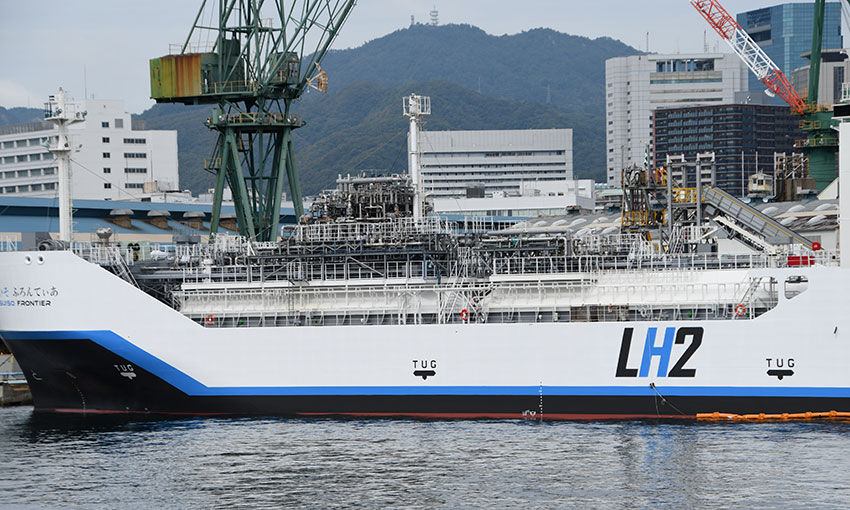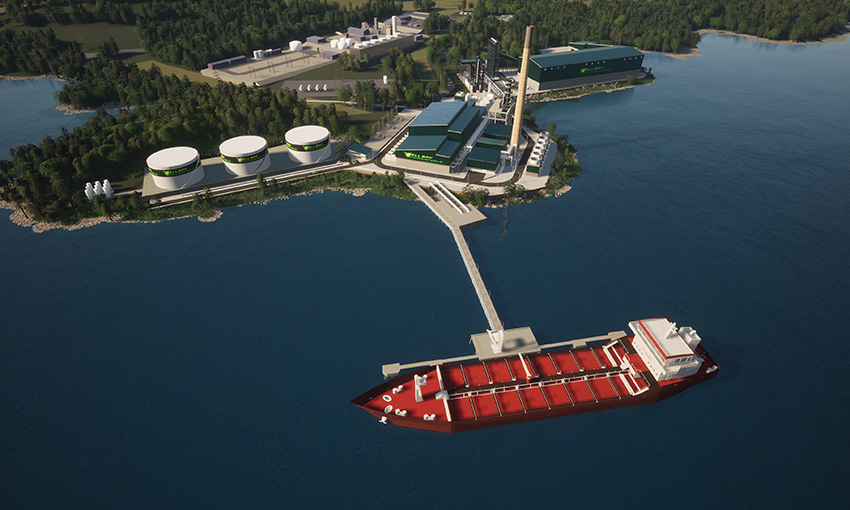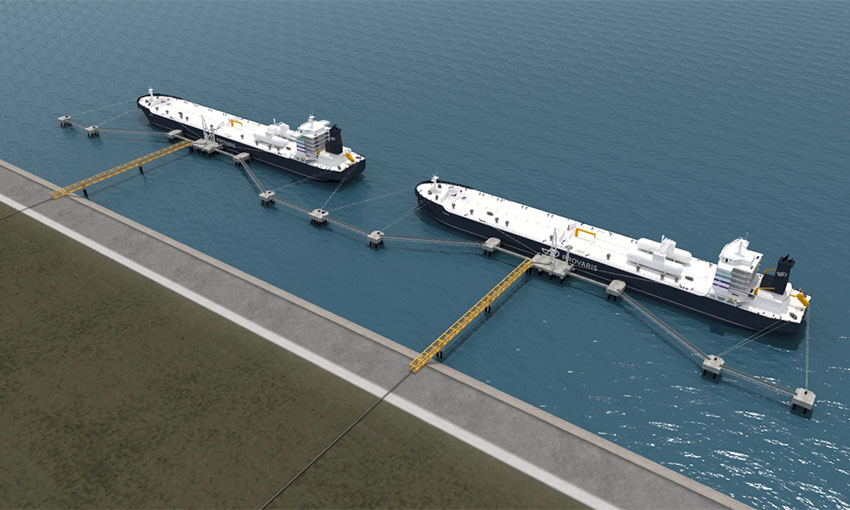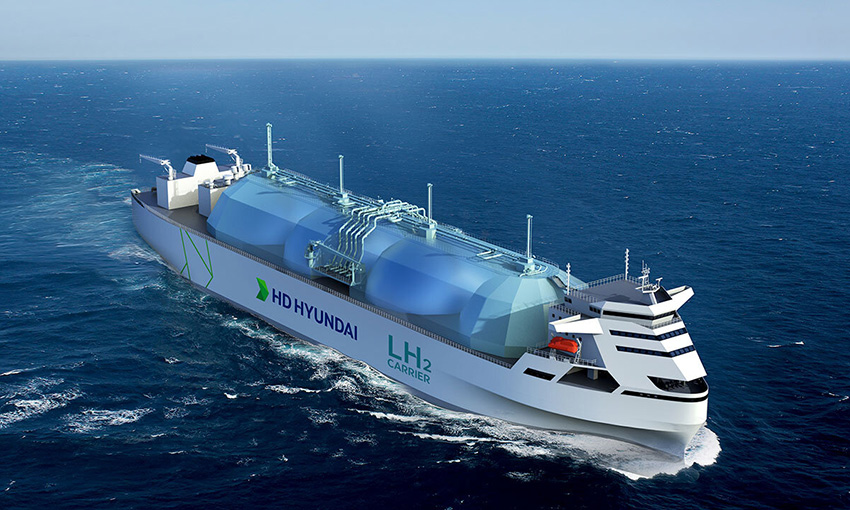ENERGY producer Woodside has secured land for its proposed H2TAS hydrogen plant at Tasmania’s Bell Bay.
The plant is to use a combination of hydropower and wind power to create 100% renewable ammonia for export and hydrogen for domestic use.
The land Woodside secured for the project is a partially cleared site in the Austrak Business Park. Austrak and Woodside have agreed on an exclusive option for a long-term lease.
H2TAS is a phased development with the potential to support up to 1.7 gigawatts (GW) of electrolysis for hydrogen and ammonia production. The initial phase would have capacity of up to 300 megawatts (MW) and target production of 200,000 tonnes per annum of ammonia, matched to forecast customer demand.
In January 2021, Woodside signed a memorandum of understanding with the state of Tasmania, which outlined the Tasmanian government’s support for the H2TAS project. The state recognises the value of developing a hydrogen hub in the Bell Bay area that capitalises on Tasmania’s advantage in renewable energy generation.
Woodside announced in May 2021 a project consortium under a heads of agreement with Japanese companies Marubeni Corporation and IHI Corporation. The parties have completed initial feasibility studies and concluded that it is technically and commercially feasible to export ammonia to Japan from the Bell Bay area.
Woodside CEO Meg O’Neill said H2TAS aligned with the company’s strategy to develop new energy projects that were customer-led and scalable to market demand, adding lower-carbon products and services to its international portfolio of world-class energy assets.
“H2TAS is already garnering interest from existing and prospective Woodside customers in Asia and Europe. Combined with our landmark H2Perth project announced last month, H2TAS will help to position Australia as a global leader in this emerging industry,” she said.
“Importantly, this project would also create local construction and operational jobs and new opportunities for Tasmanian businesses.”
Woodside is targeting a final investment decision in 2023, with construction and commissioning expected to take approximately 24 months.
Tasmanian minister for energy and emissions reduction Guy Barnett said the state government welcomed Woodside’s announcement.
“This ammonia will be produced by Tasmanian renewable energy and complements Tasmania’s unique position of being 100% self-sufficient in renewable energy and having a legislated target of being 200% by 2040,” he said.
“Woodside’s announcement also supports the Tasmanian government’s push for Bell Bay to be a renewable hydrogen hub and to be a globally significant exporter of renewable hydrogen by 2030.
“The state is working closely with hydrogen proponents and support partners to develop our submission for a renewable hydrogen hub at Bell Bay under the Australian Government’s $464-million Clean Hydrogen Industrial Hubs program.”

